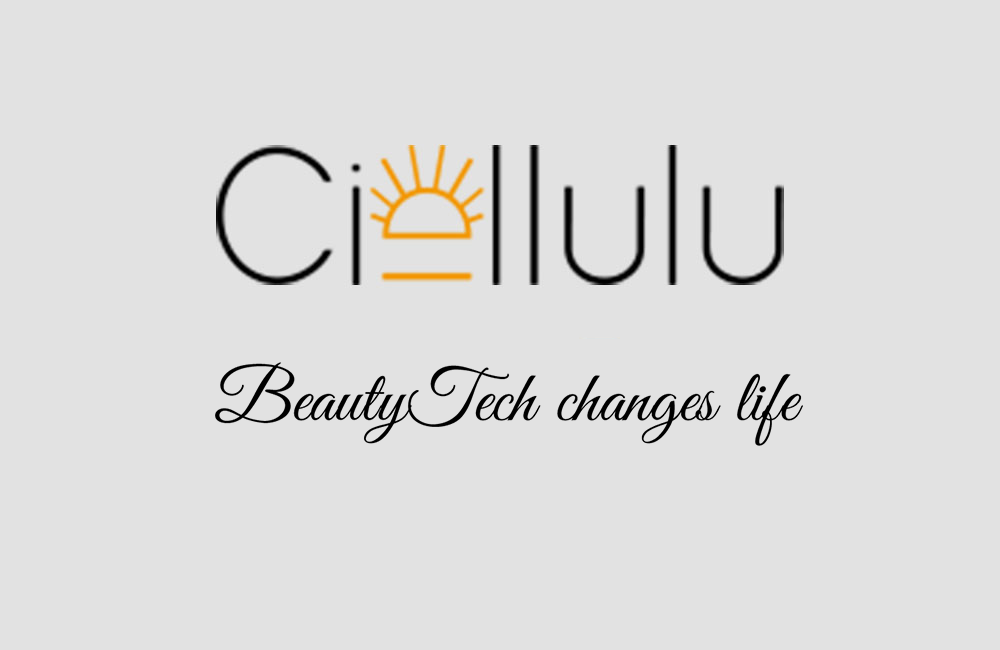The Role of Hormones in Acne Development

The Role of Hormones in Acne Development
The Role of Hormones in Acne Development
Acne is a common skin condition that affects individuals of all ages but is most prevalent during adolescence. While factors such as genetics, diet, and skin care routines play a significant role in acne development, the role of hormones is often central to understanding this condition. Hormones can trigger the production of excess sebum and lead to clogged pores, which in turn can cause the formation of acne. Recent advancements in treatments like Intense Pulsed Light (IPL) therapy offer promising solutions for those struggling with acne.
Hormonal Influence on Acne
Hormones called androgens are the primary culprits when it comes to acne. During puberty, there is an increase in androgens, which stimulates the sebaceous glands in the skin to produce more sebum. Sebum is an oily substance that, in normal amounts, helps protect and moisturize the skin. However, when produced in excess, it can mix with dead skin cells and block hair follicles. This blockage creates an ideal environment for the bacteria Propionibacterium acnes (P. acnes) to proliferate, leading to the inflammation and redness characteristic of acne.
Women may experience acne flare-ups during menstruation, pregnancy, menopause, or when starting or stopping birth control pills due to fluctuations in hormone levels. Conditions such as polycystic ovary syndrome (PCOS) can also contribute to hormonal imbalances that manifest as acne.
Traditional Acne Treatments
While topical treatments like benzoyl peroxide, salicylic acid, and retinoids, as well as oral medications like antibiotics and hormonal therapy, have been effective in managing acne, they do not work for everyone. Some individuals may experience side effects or are looking for non-invasive alternatives. This has led to increased interest in light-based treatments, particularly Intense Pulsed Light (IPL) therapy.
IPL for Acne: A Modern Solution
Intense Pulsed Light (IPL) therapy is a non-invasive treatment that uses broad-spectrum light to target various depths of the skin. Although commonly used for hair removal and skin rejuvenation, IPL has shown significant promise in treating acne. The light emitted by an IPL machine penetrates the skin and targets the bacteria responsible for acne, reduces inflammation, and helps shrink the sebaceous glands, thereby reducing sebum production.
How IPL Works
IPL therapy involves administering multiple wavelengths of light that are absorbed by the hemoglobin in blood vessels and the porphyrin produced by P. acnes bacteria. This absorption generates heat, which damages the bacteria and encourages the skin to heal. Furthermore, the heat can help reduce the size of the sebaceous glands, leading to less oil production and, consequently, fewer acne flare-ups.
The Advantages of IPL
- Non-Invasive: No needles or incisions are involved.
- Minimal Downtime: Patients can usually return to their daily activities immediately after treatment.
- Multiple Benefits: In addition to treating acne, IPL can improve skin texture and reduce the appearance of pigmentation and fine lines.
- Customization: IPL machines can be calibrated to target specific issues, making treatments highly customizable.
Considering IPL Therapy?
With the rise in popularity of IPL treatments, many clinics and medical spas now offer this service. For those interested in bringing IPL technology into their homes or practices, several high-quality IPL machines for sale can be found on the market. It's crucial to choose a machine that is FDA-approved and comes from a reputable manufacturer.
Conclusion
Hormones play a pivotal role in the development of acne by increasing oil production and creating an environment where bacteria can thrive. While traditional treatments remain important, the advent of IPL therapy offers a compelling alternative for managing acne. Whether you're looking for professional treatments or considering an IPL machine for sale for personal use, it’s clear that technology is advancing rapidly, bringing new hope to those suffering from acne.
By understanding the hormonal underpinnings of acne and exploring innovative treatments like IPL, individuals can achieve clearer, healthier skin.
References:
- Dermatological studies on the role of androgens in acne.
- Clinical trials assessing the efficacy of IPL for acne treatment.
- FDA guidelines for IPL machines.
(Note: Consult a dermatologist or healthcare provider for personalized medical advice.)




 Ciellulu Laser - Facial Machine Supplier
Ciellulu Laser - Facial Machine Supplier

